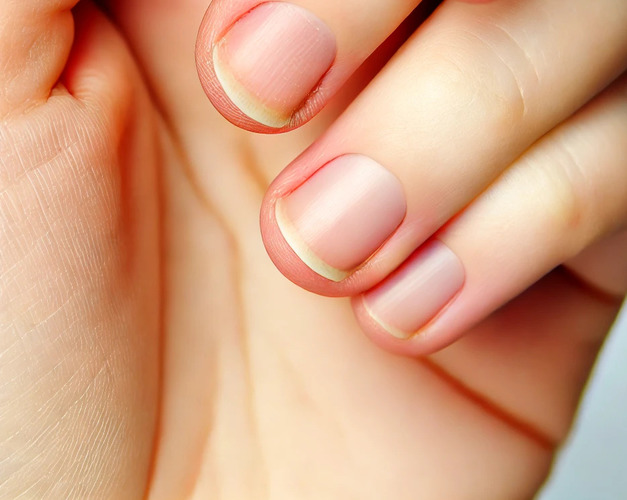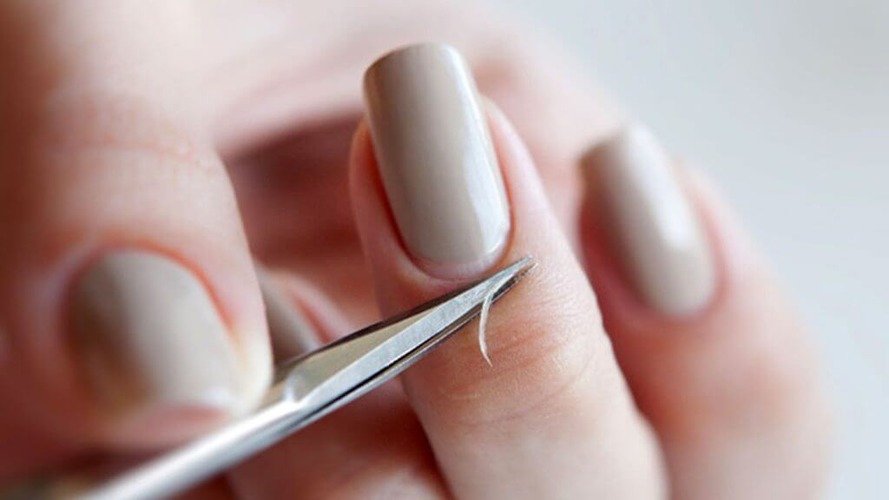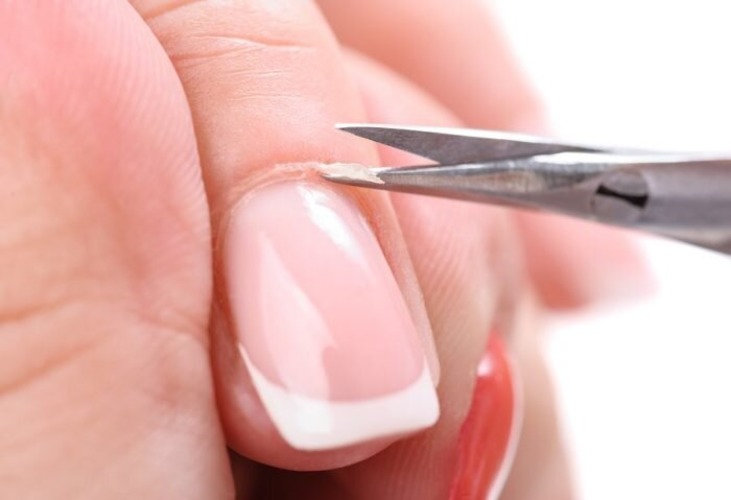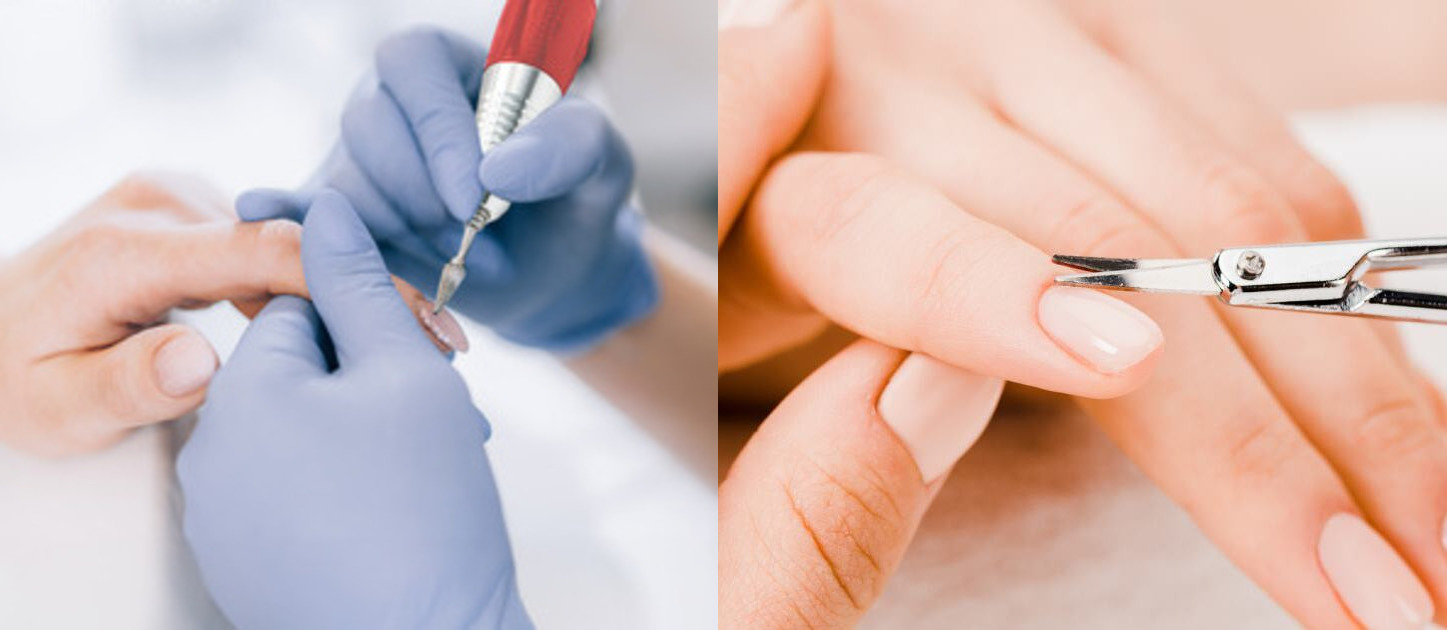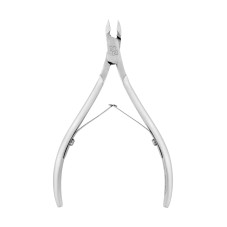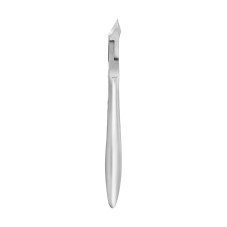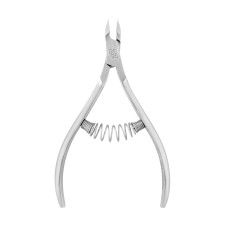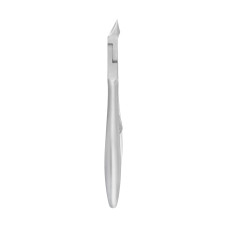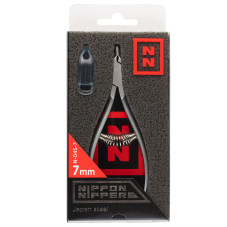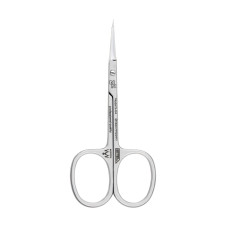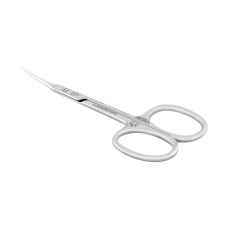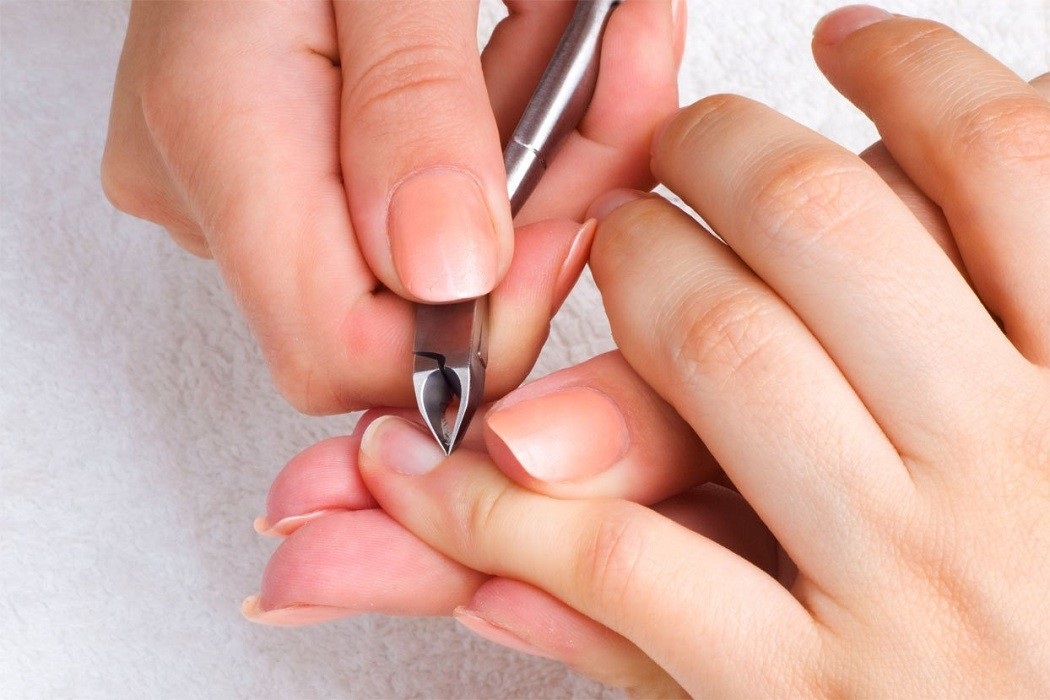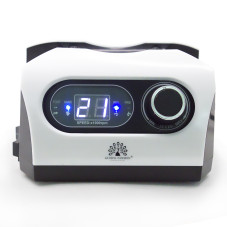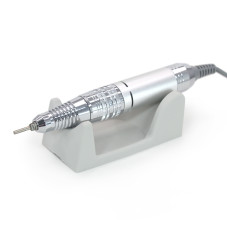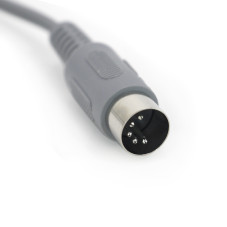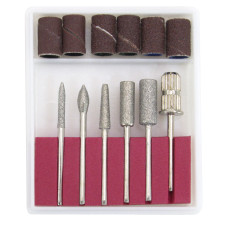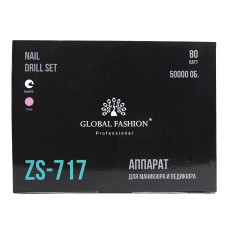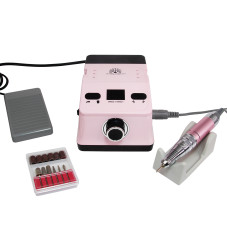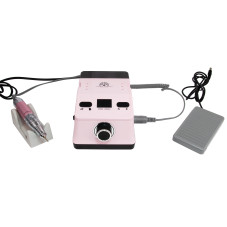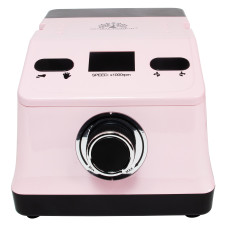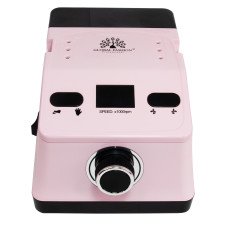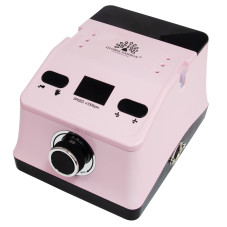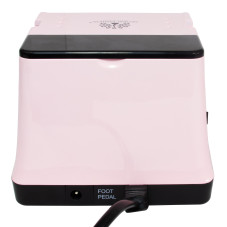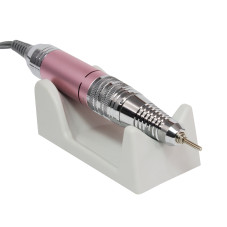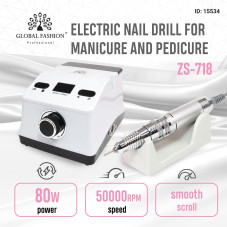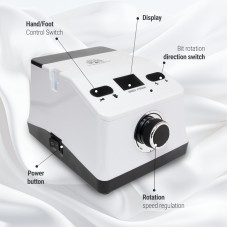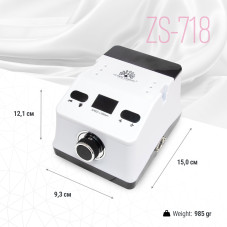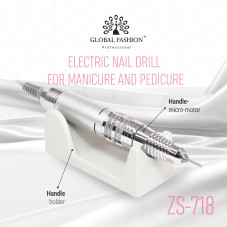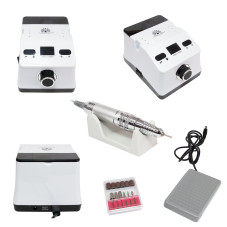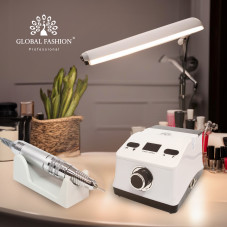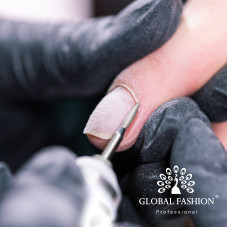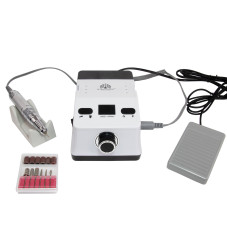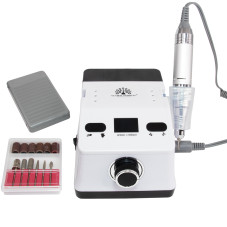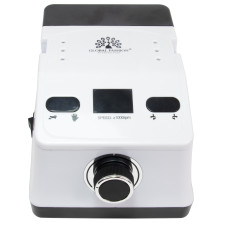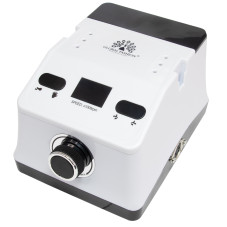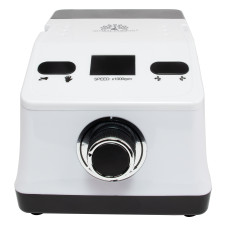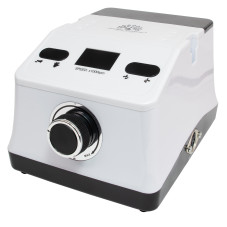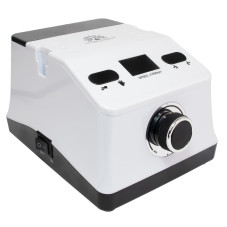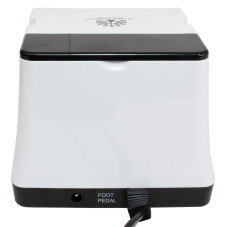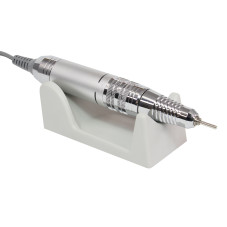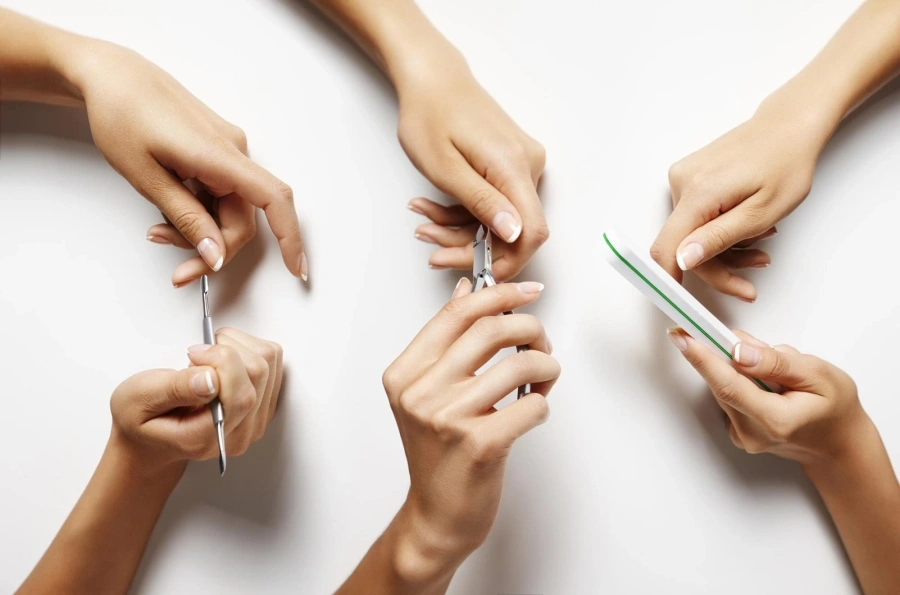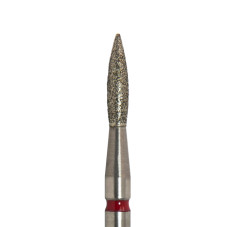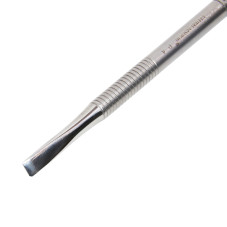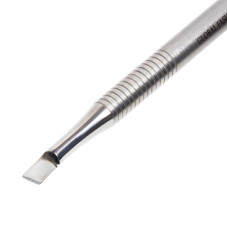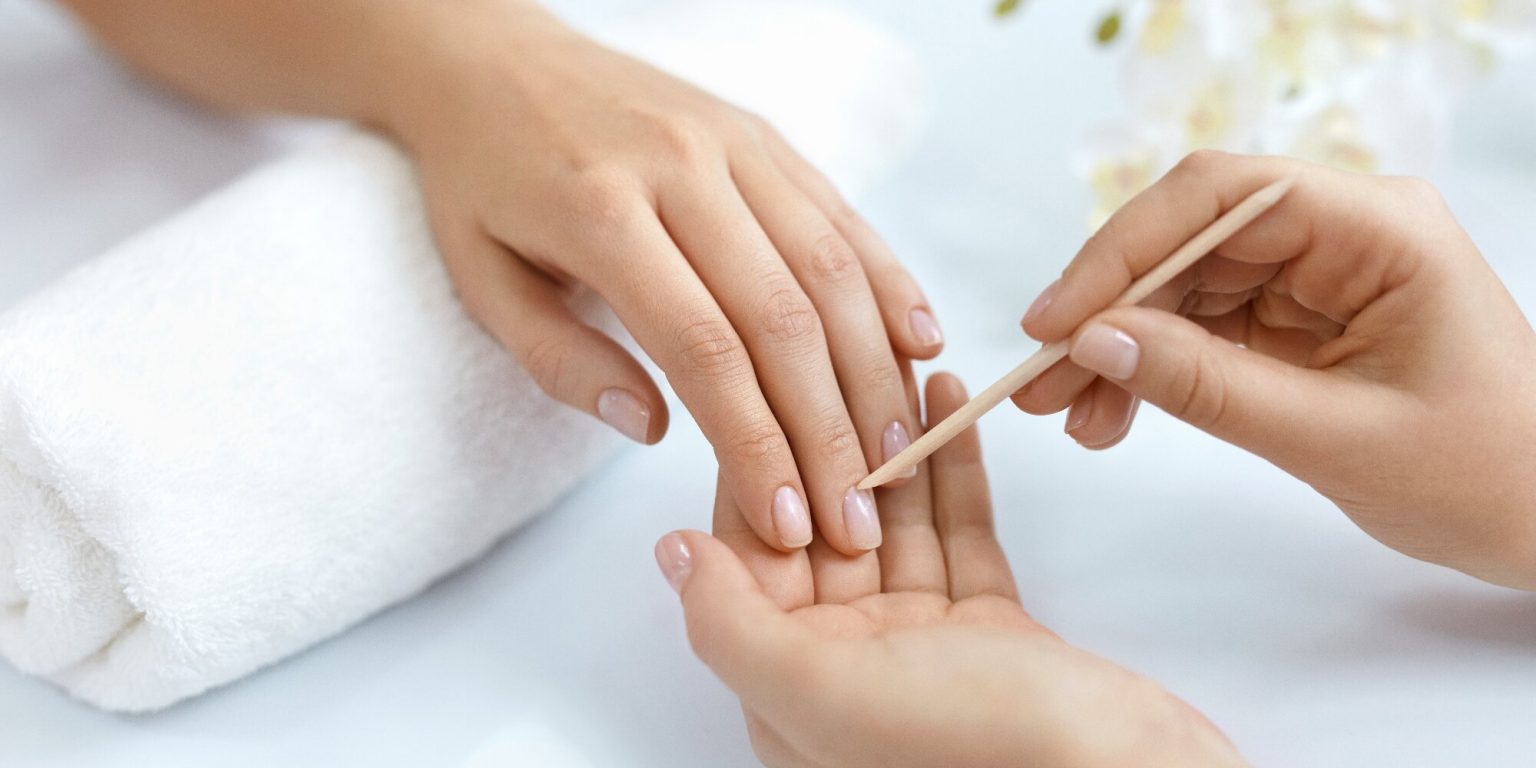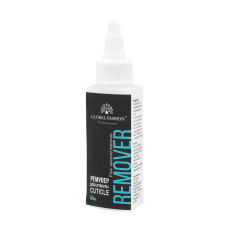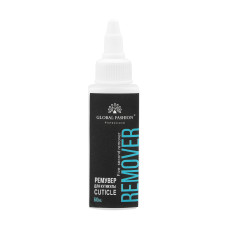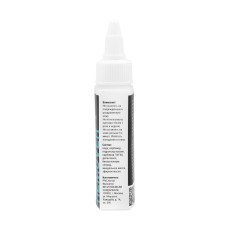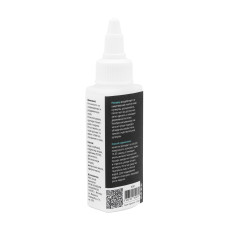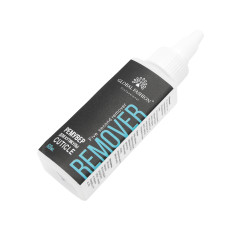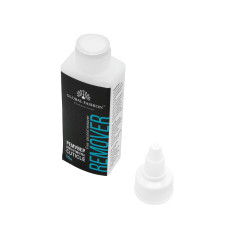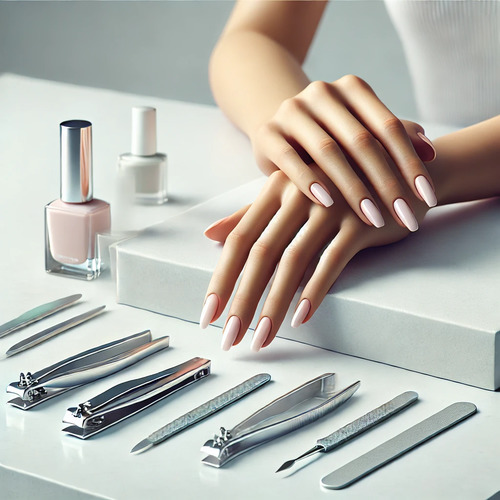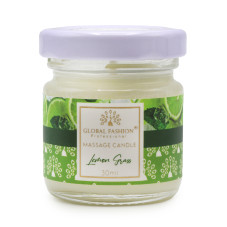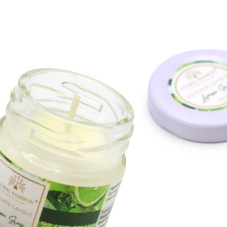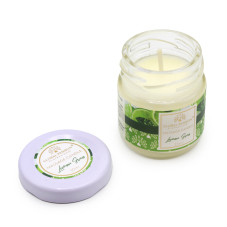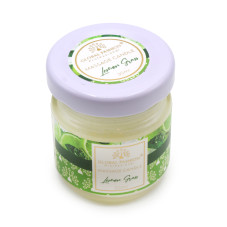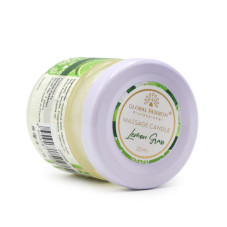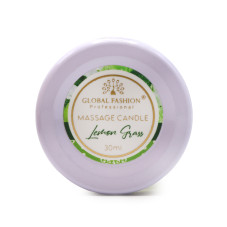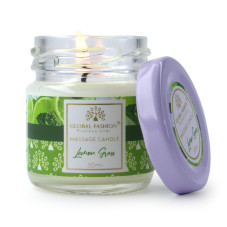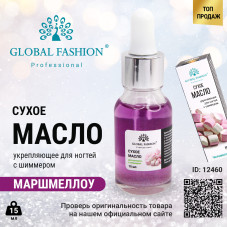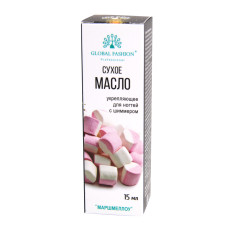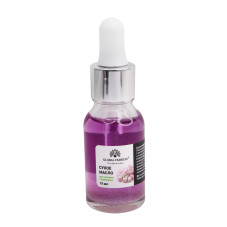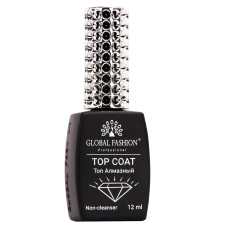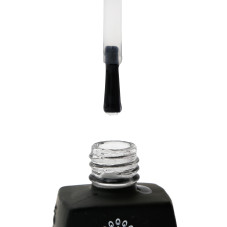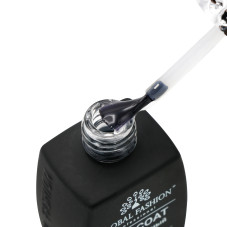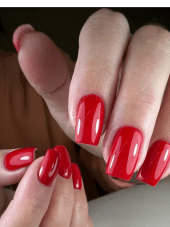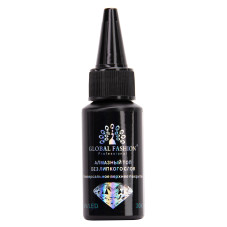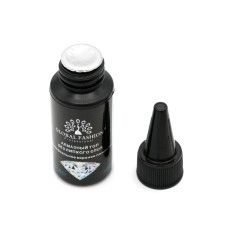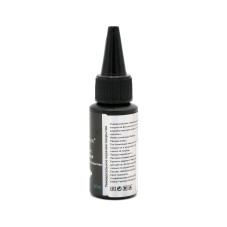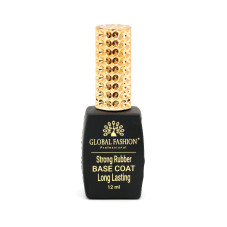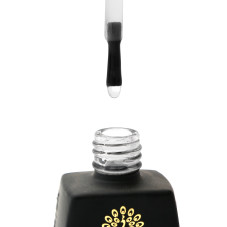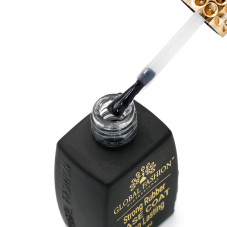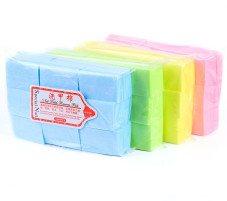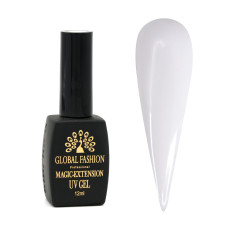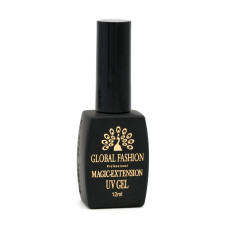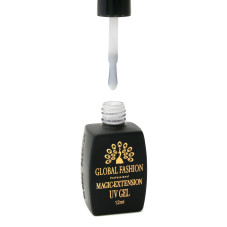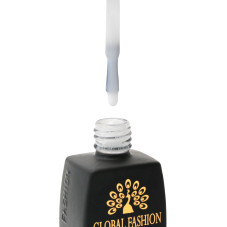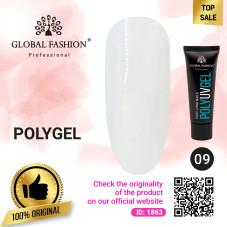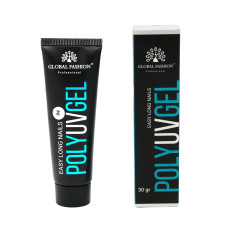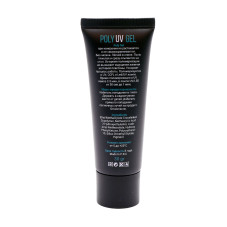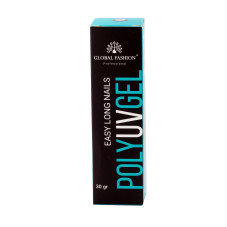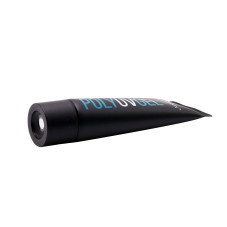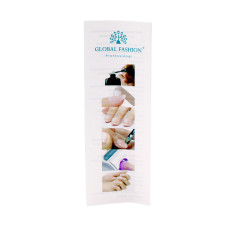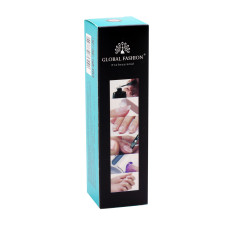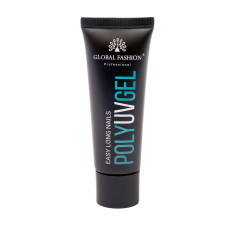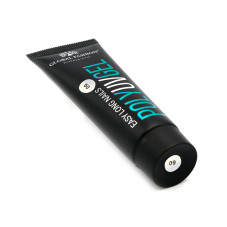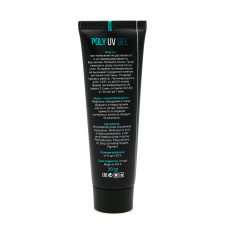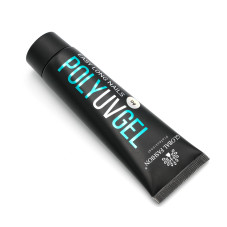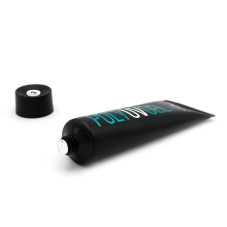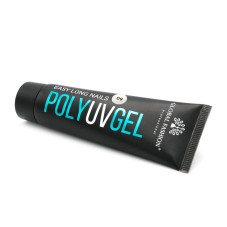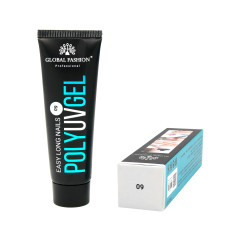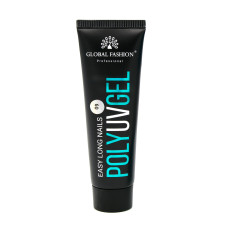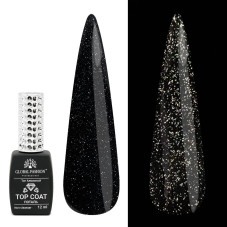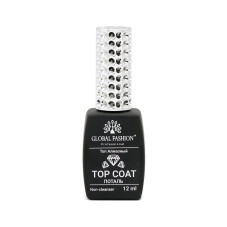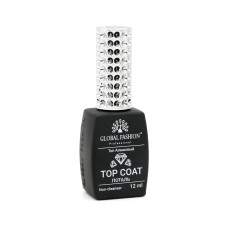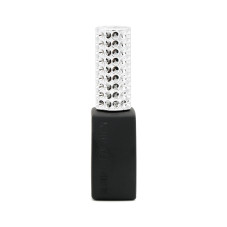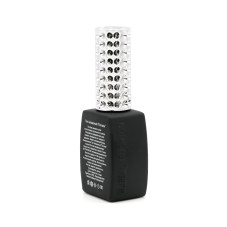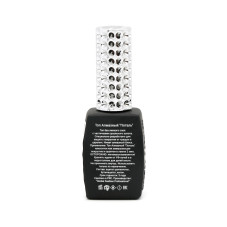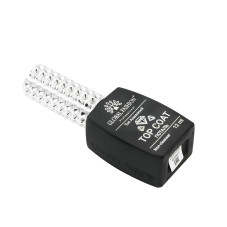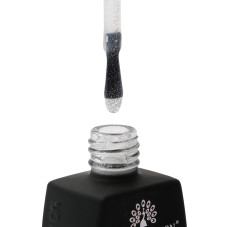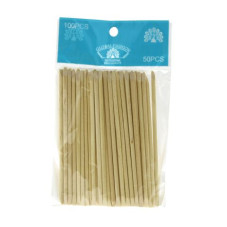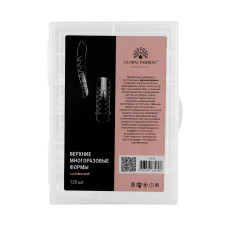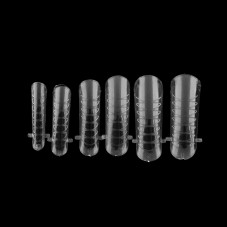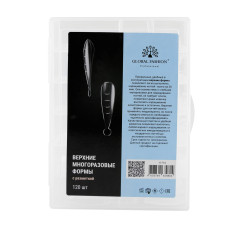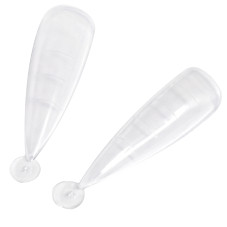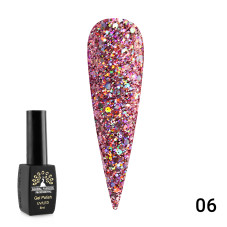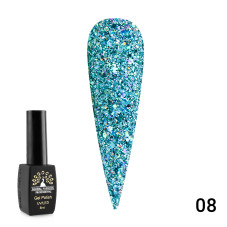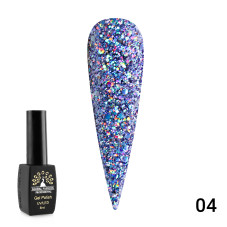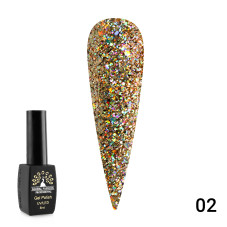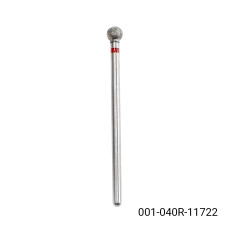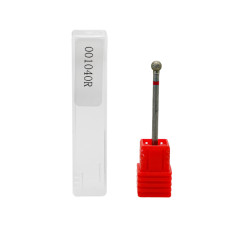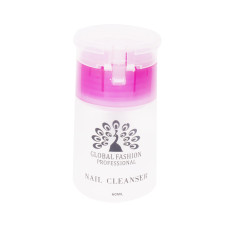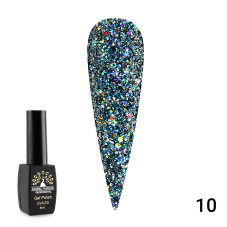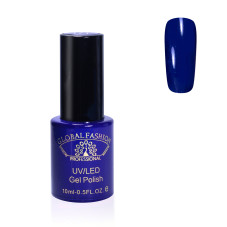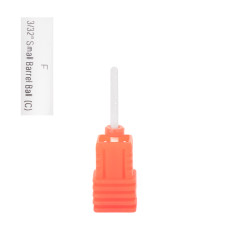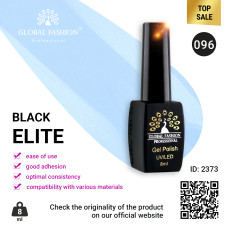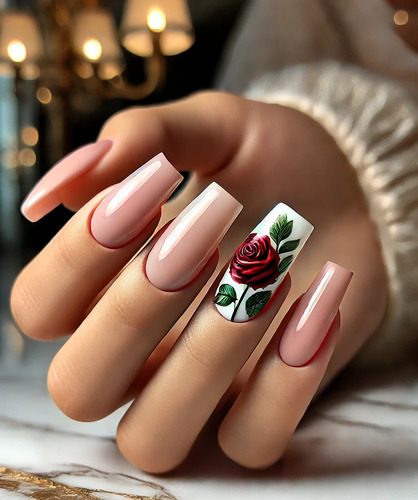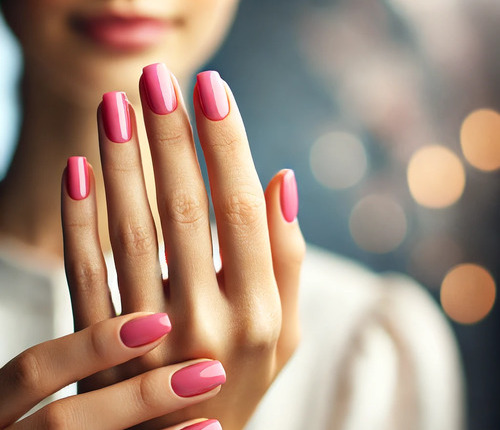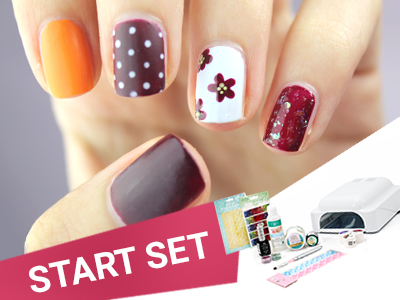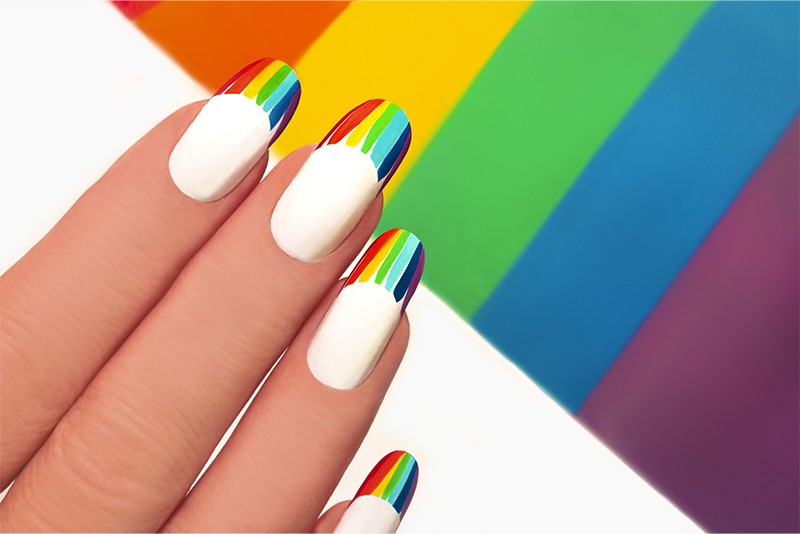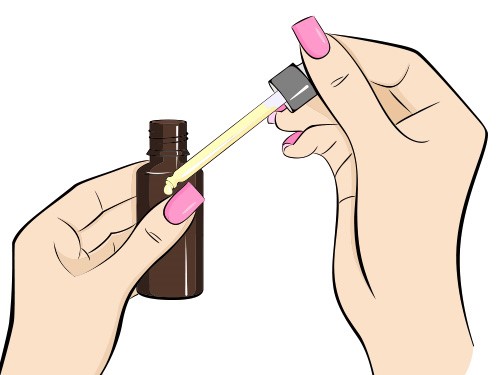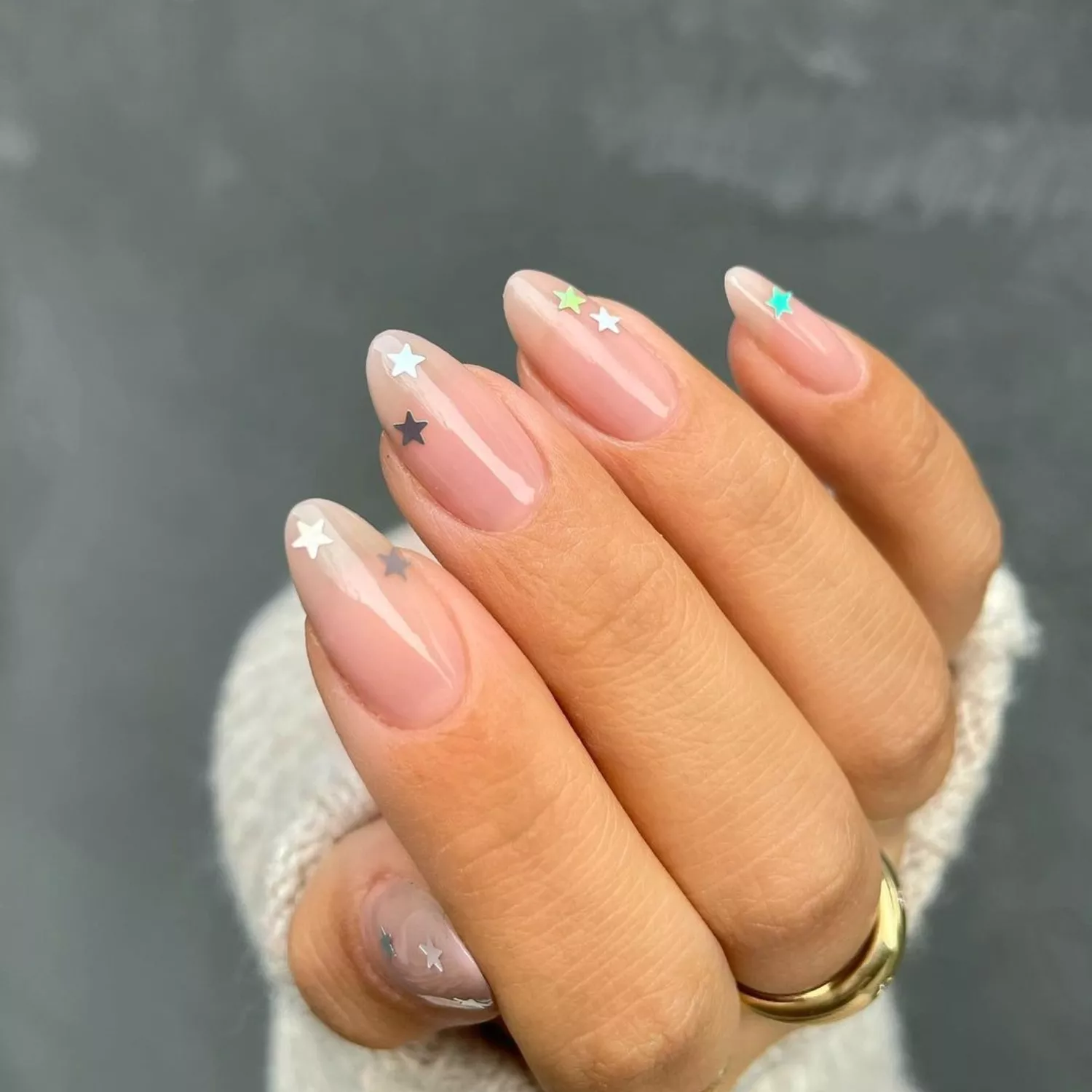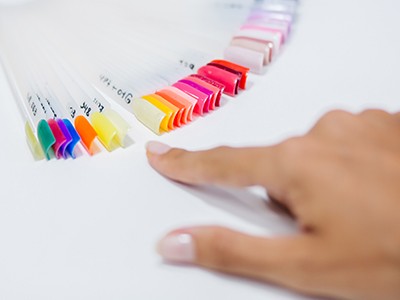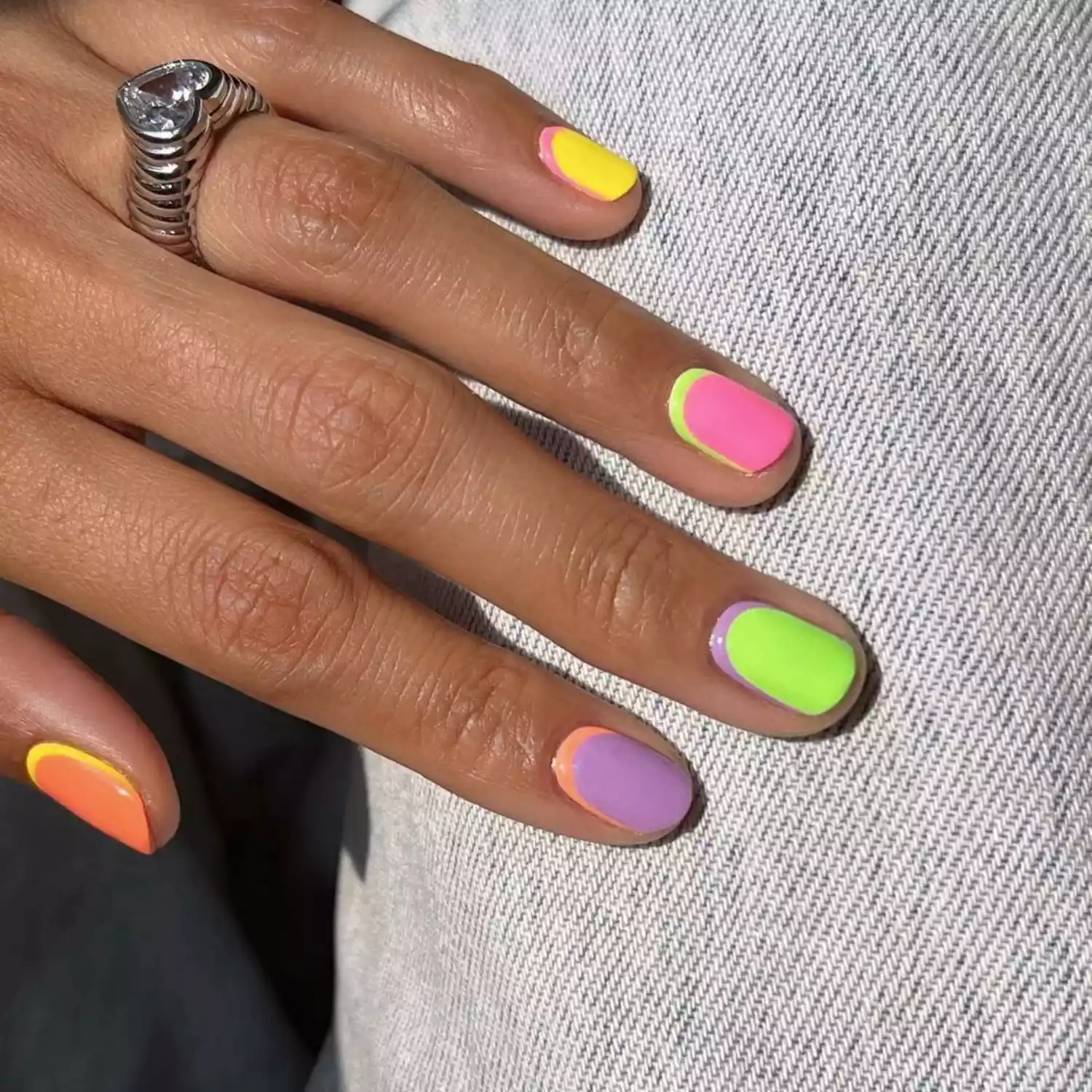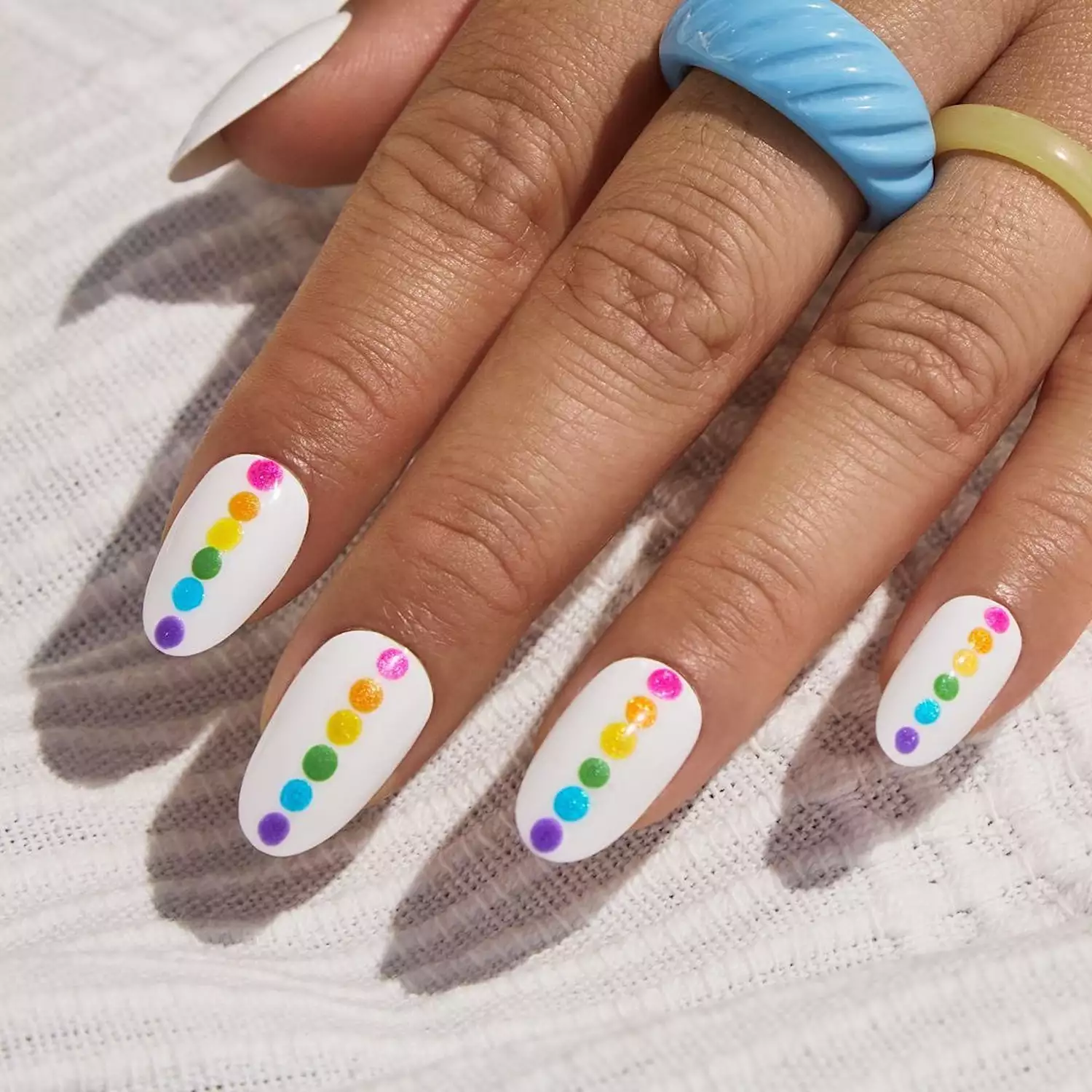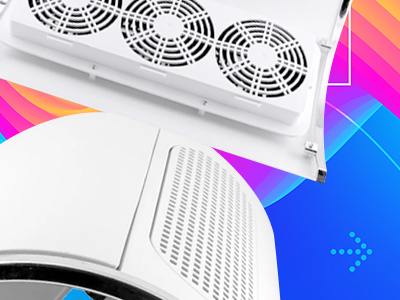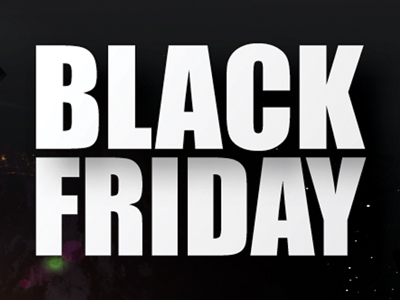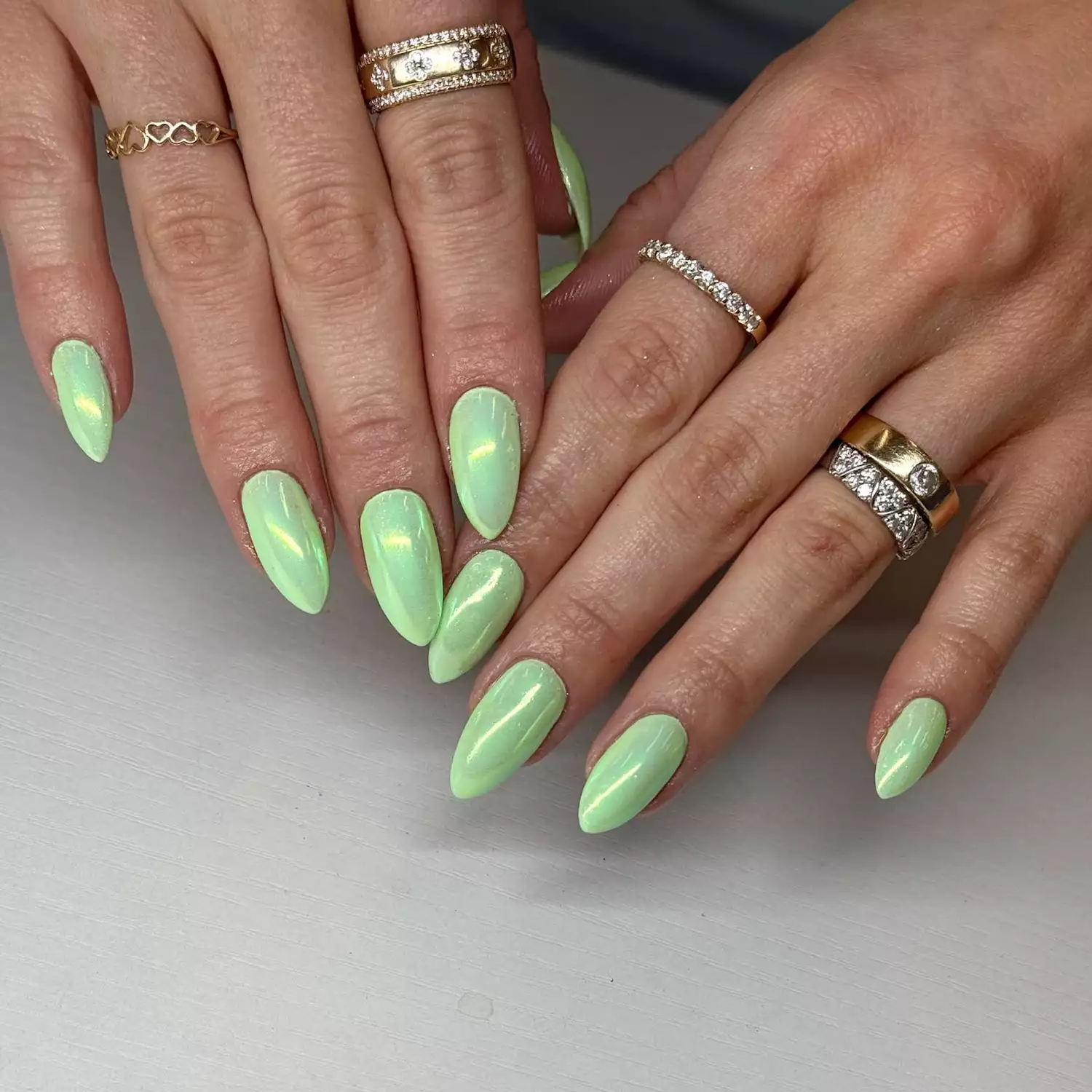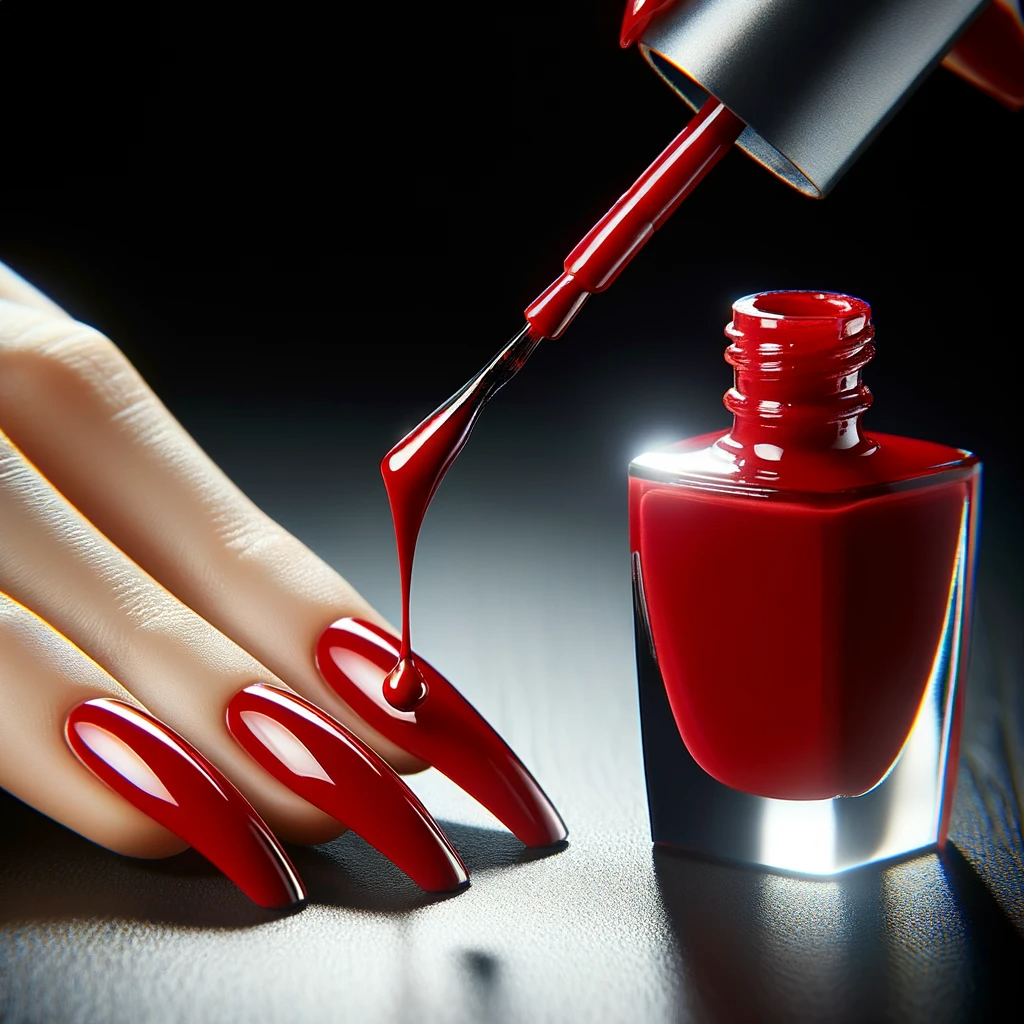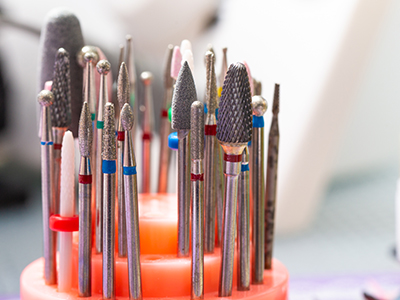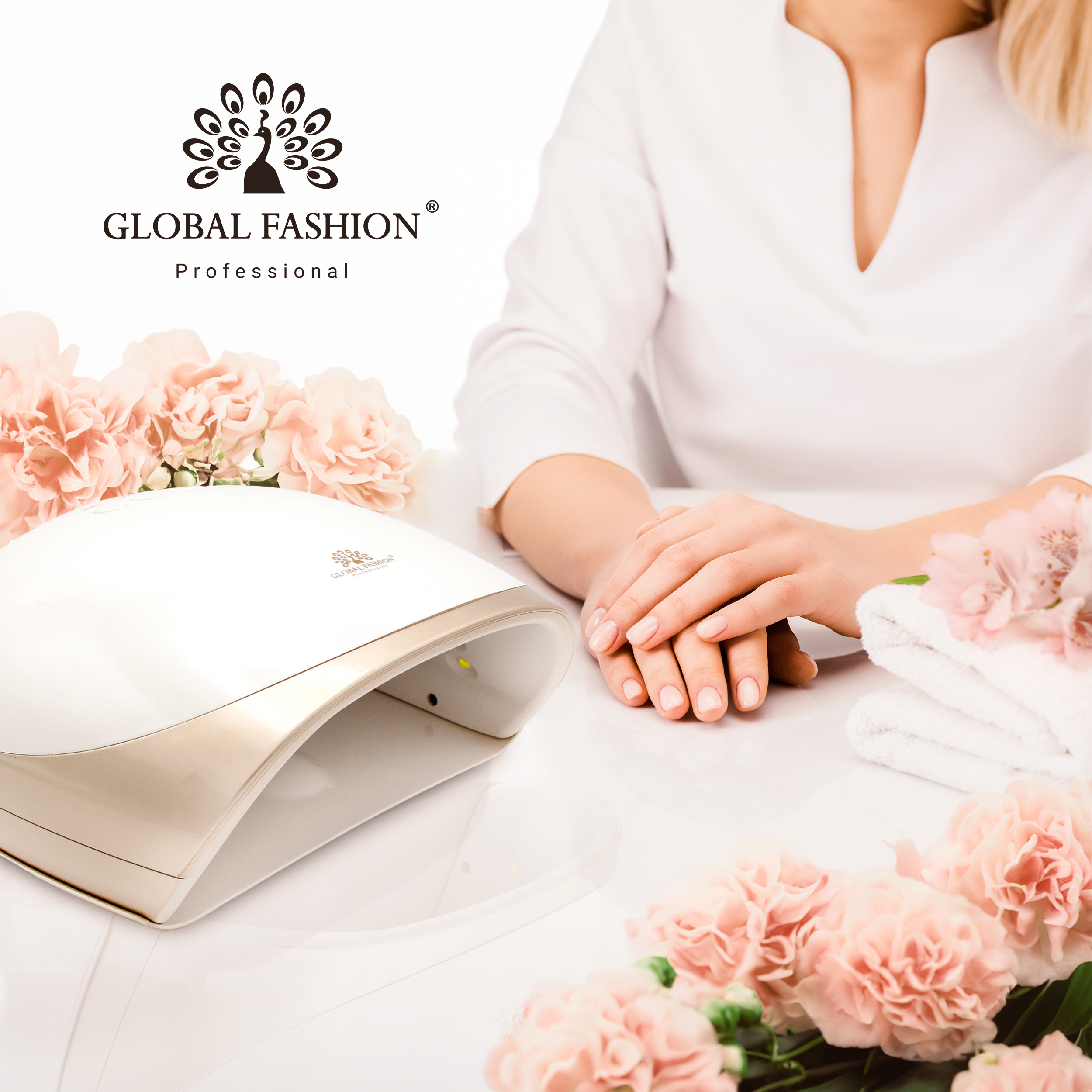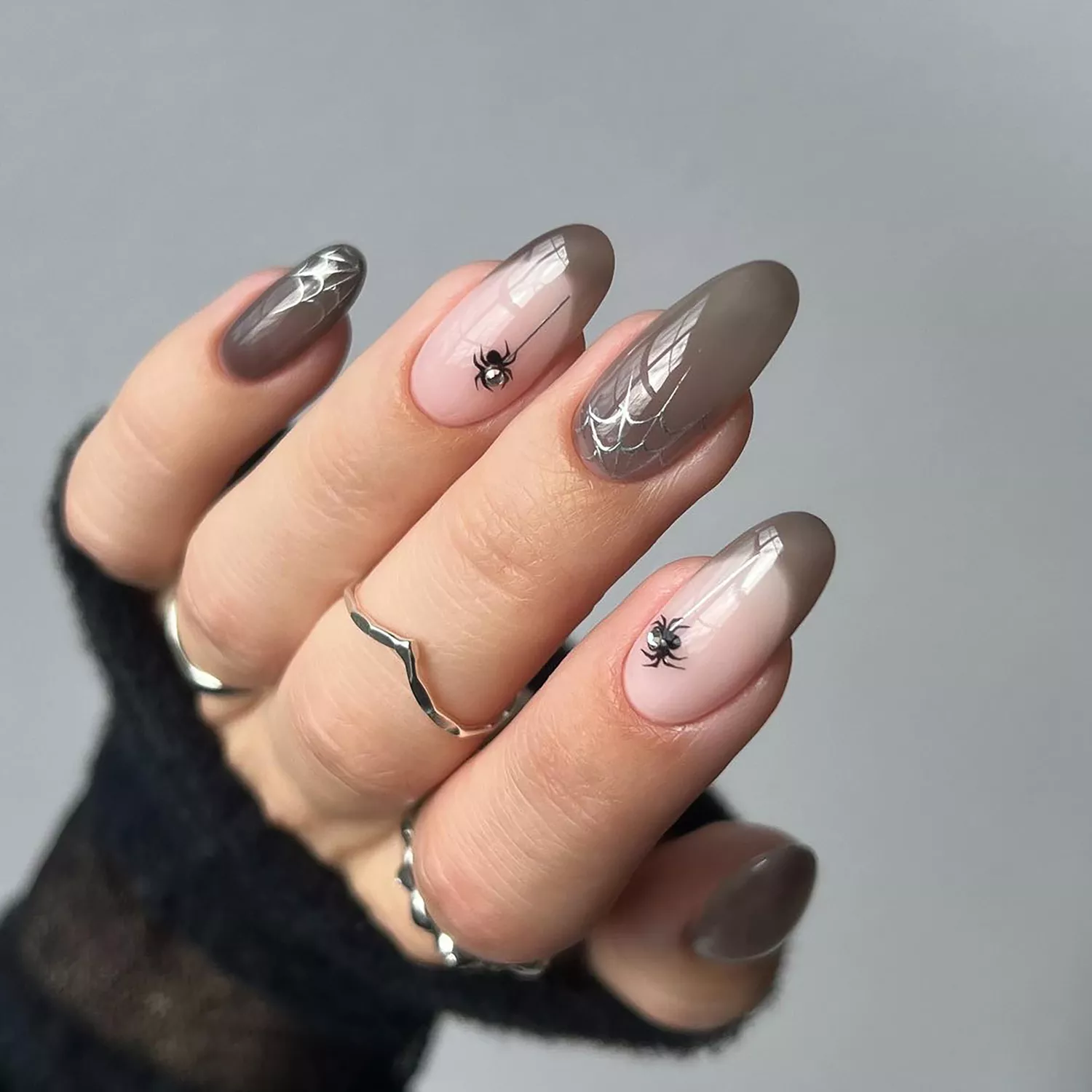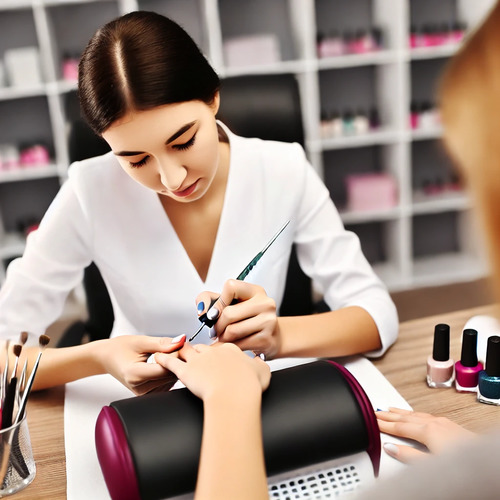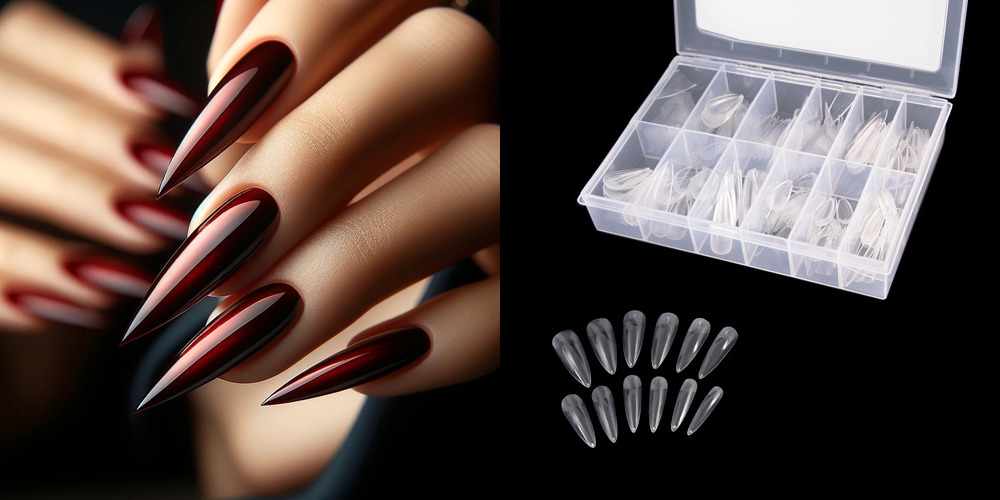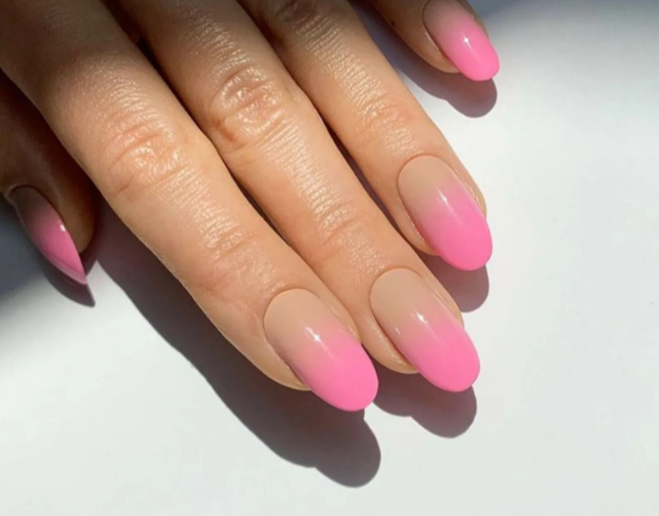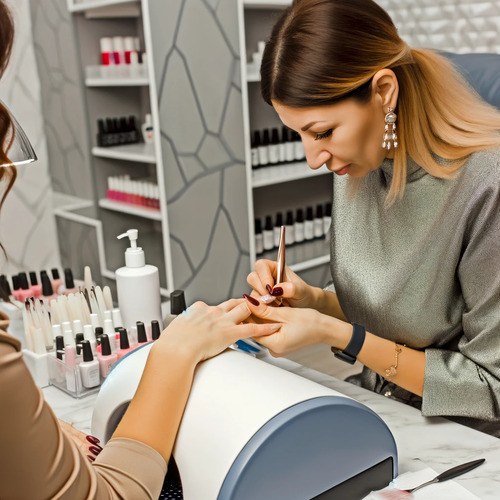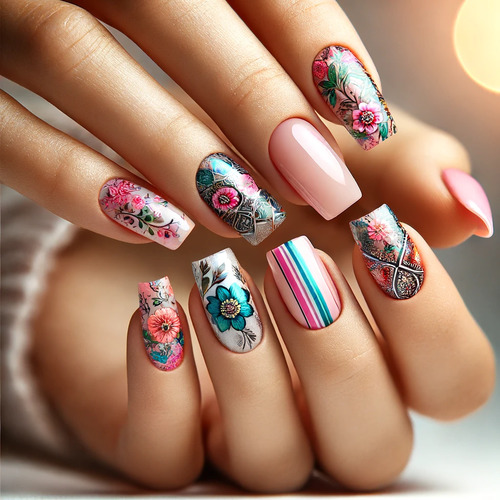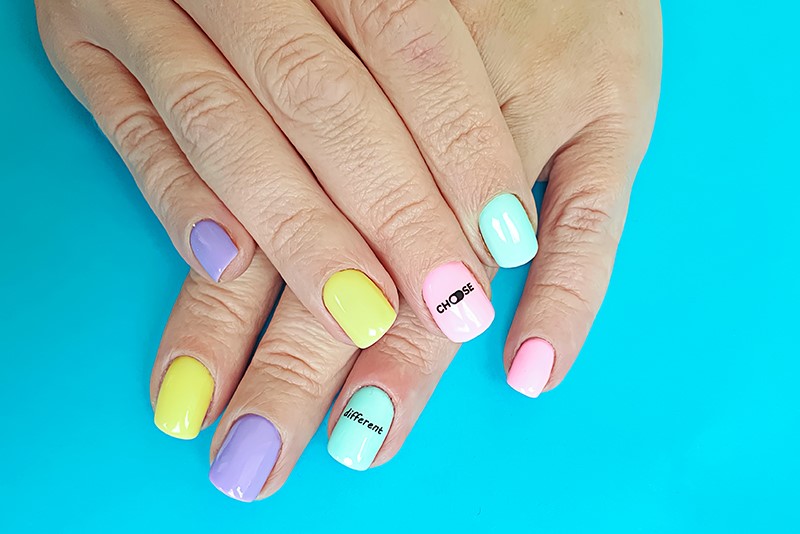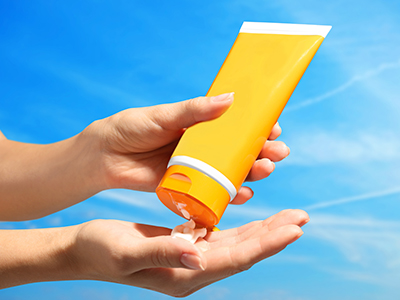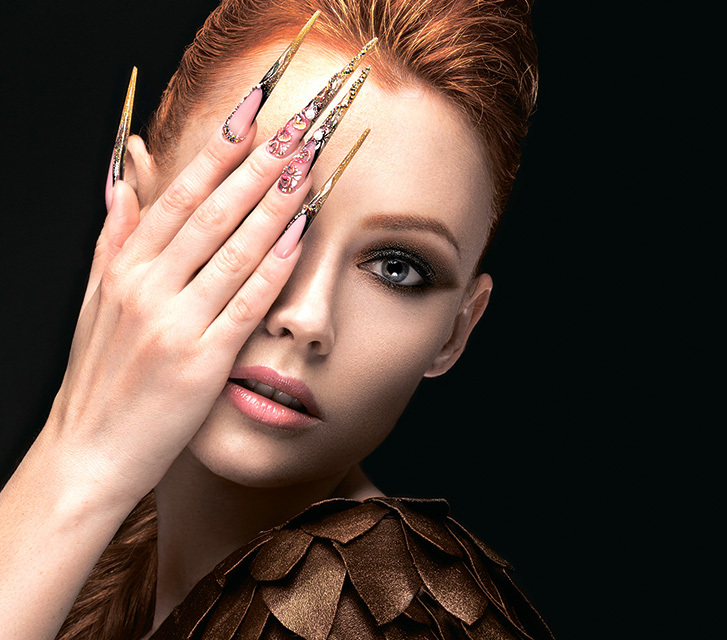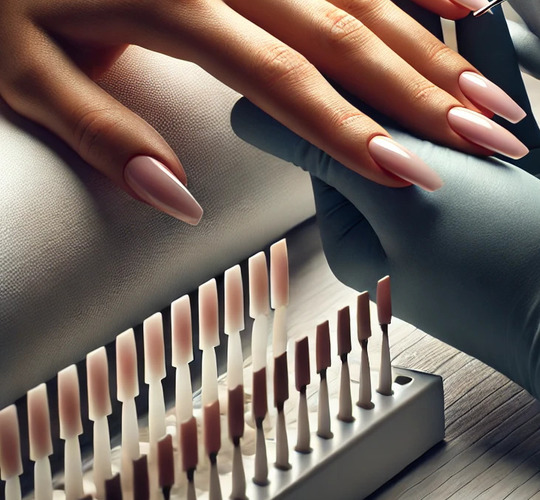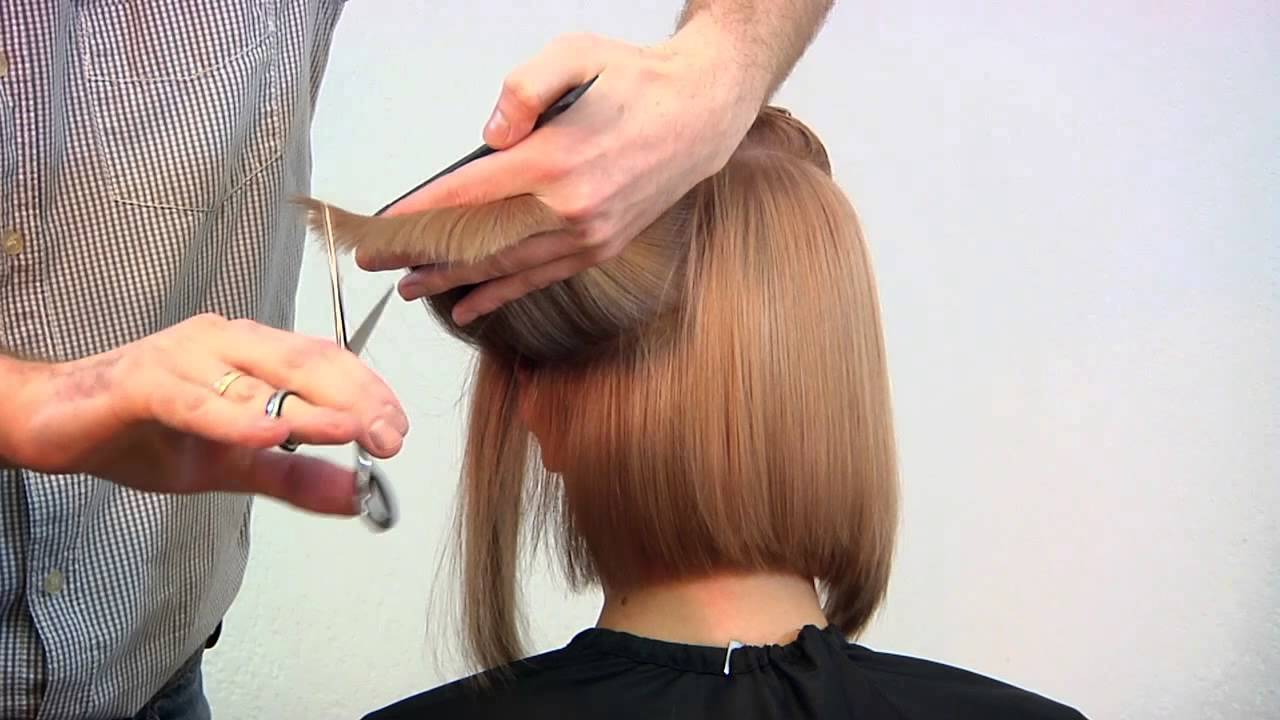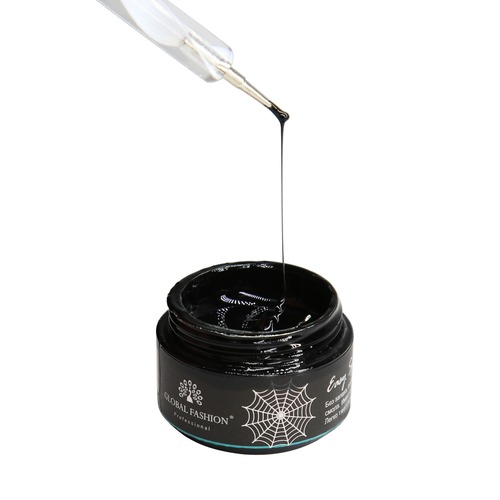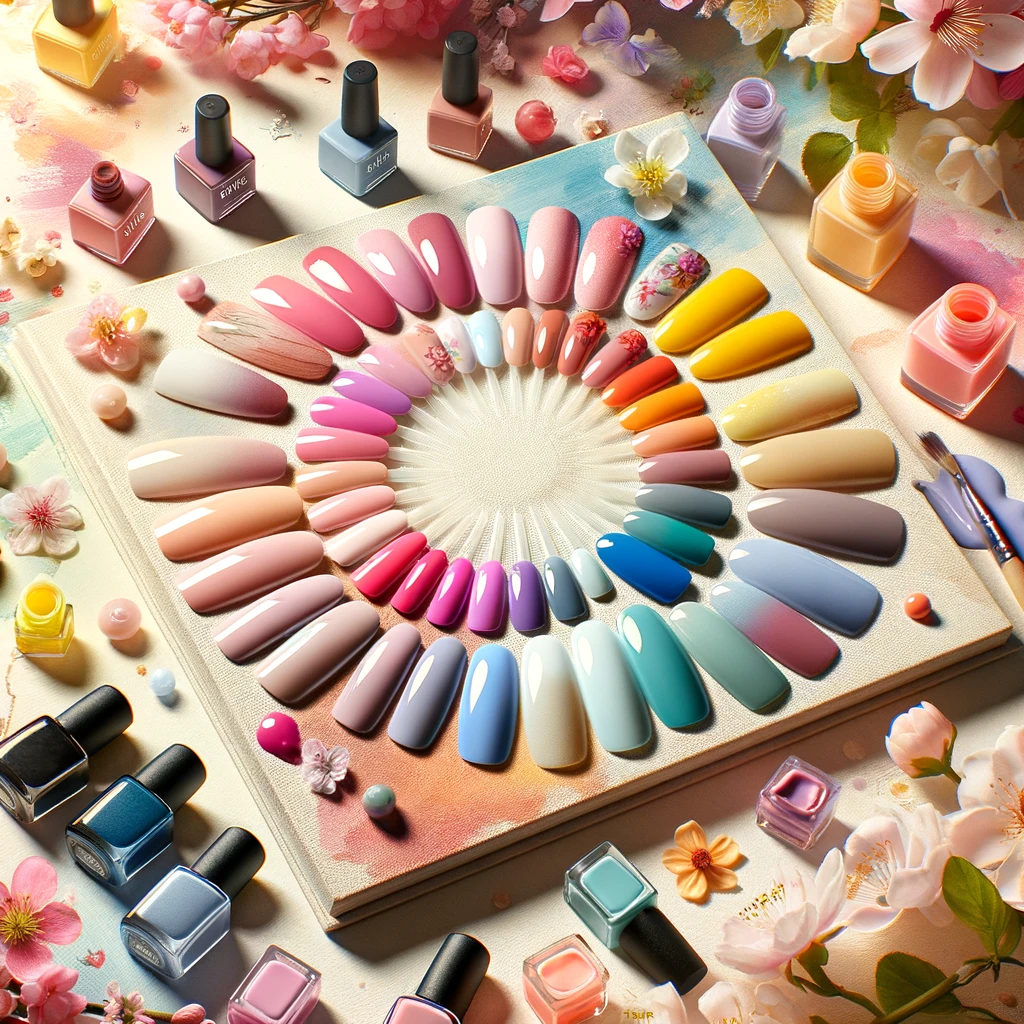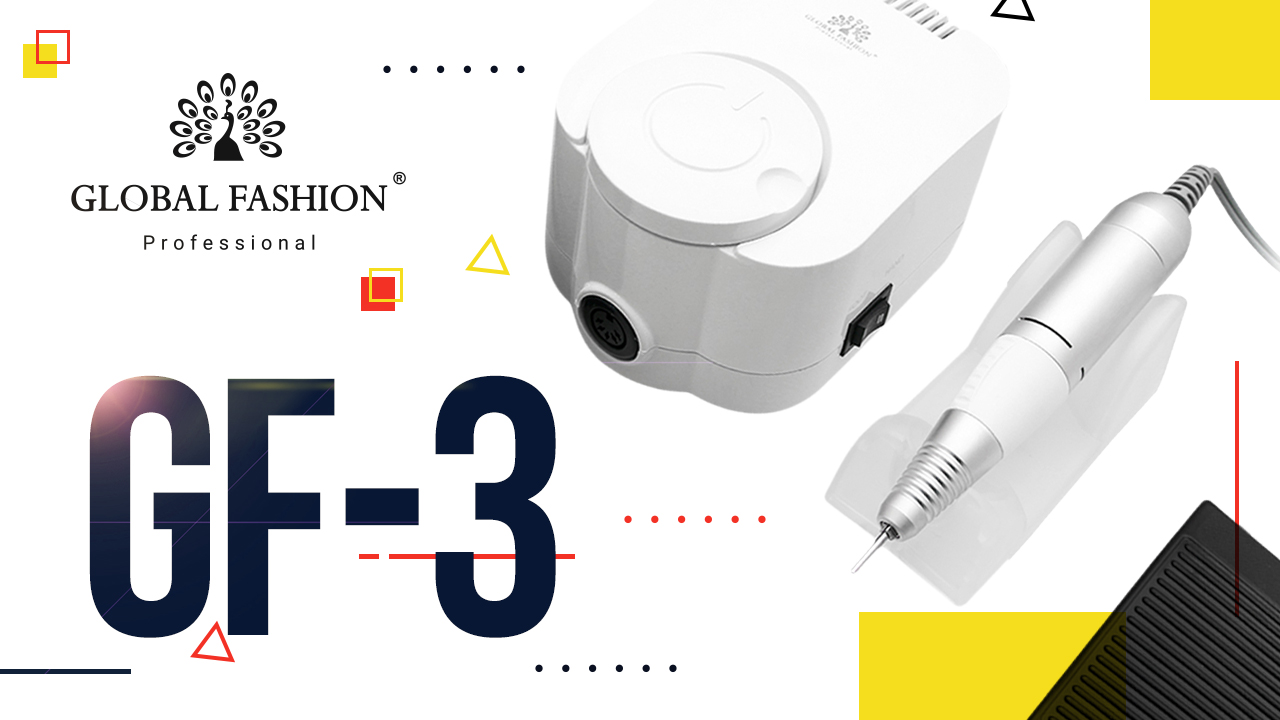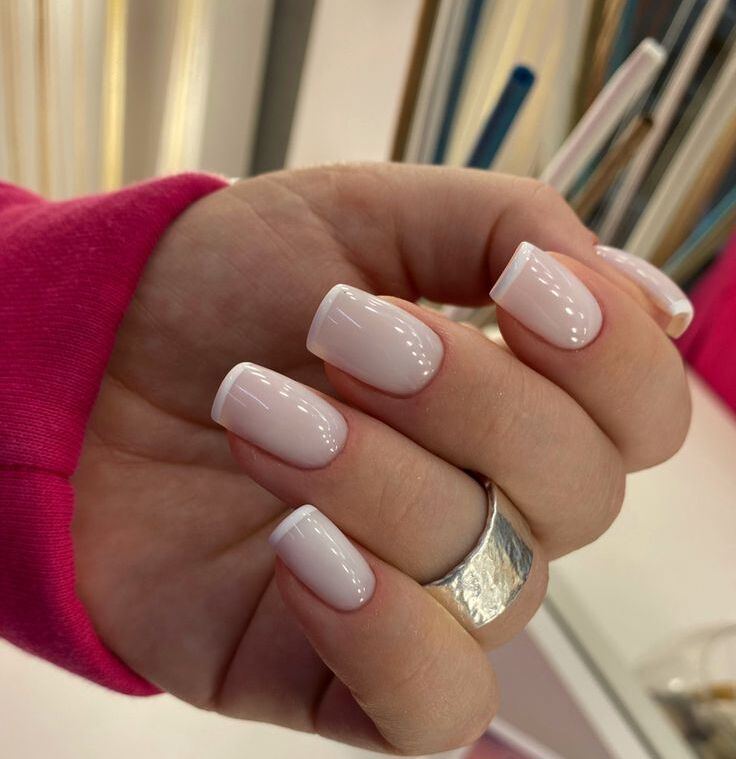Do you need to trim your cuticles when doing a manicure?
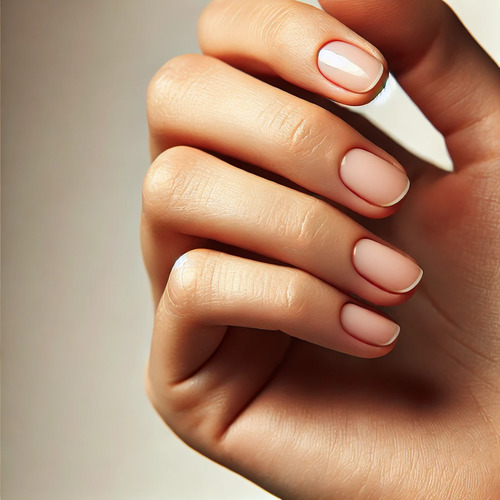
The manicure procedure includes many important aspects, and one of the most discussed issues is the need to remove the cuticle. This question does not have a clear answer, since preferences depend on the individual characteristics of the client and the condition of the nails.
Manicure experts note that the cuticle plays a protective role, preventing bacteria and dirt from getting under the nail. Therefore, its removal should be thoughtful and careful so as not to disturb the natural barrier and not damage the nail plate. Here are some key points to consider.
Manicure experts note that the cuticle plays a protective role, preventing bacteria and dirt from getting under the nail. Therefore, its removal should be thoughtful and careful so as not to disturb the natural barrier and not damage the nail plate. Here are some key points to consider.
What is a cuticle?
The cuticle is a thin layer of skin that surrounds the base of the nail plate. Its main function is to protect the nail growth area from bacteria, infections, and contaminants. The cuticle consists of two layers:
1. Eponychium - the upper visible layer that seals the nail matrix area, preventing pathogens from getting in.
2. Pterygium - the lower layer, which is thickened white plates that grow along with the nail.
Both layers of the cuticle play an important role in protecting the nail plate and nourishing it. Partial renewal of the cuticle occurs in about 2 weeks, and complete renewal takes about 21 days.
1. Eponychium - the upper visible layer that seals the nail matrix area, preventing pathogens from getting in.
2. Pterygium - the lower layer, which is thickened white plates that grow along with the nail.
Both layers of the cuticle play an important role in protecting the nail plate and nourishing it. Partial renewal of the cuticle occurs in about 2 weeks, and complete renewal takes about 21 days.
If the cuticle is not regularly cared for, it can grow on the surface of the nail. During a manicure, the cuticle can be treated in one of the following ways:
- Trimming. Removing excess cuticle using manicure tools.
- Removing with special products. Using chemicals to gently dissolve the cuticle.
- Pushing back. Gently pushing the cuticle away from the surface of the nail using a special tool.
- Trimming. Removing excess cuticle using manicure tools.
- Removing with special products. Using chemicals to gently dissolve the cuticle.
- Pushing back. Gently pushing the cuticle away from the surface of the nail using a special tool.
Should I trim my cuticle when doing a manicure?
The choice between a manicure with cuticle trimming and simply pushing it back depends on the client's preferences and can vary from person to person.
In fact, despite popular opinion, trimming the cuticle can be acceptable and even recommended in some cases. The main thing is to do this procedure correctly.
Trimming the cuticle should not be done on living tissue, but on dead epithelium. After such treatment, an eponychium remains - a thin protective layer that seals the matrix area and protects it from the penetration of pathogenic agents.
Correct and safe trimming of the cuticle is possible only with the use of appropriate tools and techniques. Professional masters have the necessary skills and tools to make a neat manicure and minimize the risk of damage.
In fact, despite popular opinion, trimming the cuticle can be acceptable and even recommended in some cases. The main thing is to do this procedure correctly.
Trimming the cuticle should not be done on living tissue, but on dead epithelium. After such treatment, an eponychium remains - a thin protective layer that seals the matrix area and protects it from the penetration of pathogenic agents.
Correct and safe trimming of the cuticle is possible only with the use of appropriate tools and techniques. Professional masters have the necessary skills and tools to make a neat manicure and minimize the risk of damage.
Removing dead skin from the nail surface is usually safe and does not affect the cuticle or the nail itself. Cuticle growth is a normal protective response of the body to pathogens.
If the nail plate is cleaned thoroughly and the cuticle is removed correctly, this will not lead to its excessive growth in the future and will not affect the structure of the nail.
However, cuticle removal is contraindicated for people with diabetes and those whose blood vessels are located close to the cuticle area.
If the nail plate is cleaned thoroughly and the cuticle is removed correctly, this will not lead to its excessive growth in the future and will not affect the structure of the nail.
However, cuticle removal is contraindicated for people with diabetes and those whose blood vessels are located close to the cuticle area.
In what situations can the cuticle be damaged?
If the cuticle is not sufficiently moisturized, it can become dry and begin to peel off from the nail plate. Improper cuticle care can lead to cracks and painful sensations on the nails, deterioration in the appearance of the manicure, and an increased risk of infection with pathogenic bacteria and inflammation.
When the cuticle begins to grow, the rate of growth of the nail plate can slow down, and irregularities and transverse grooves can appear on its surface.
Here are several reasons that can lead to damage to the cuticle:
- Lack of cuticle care;
- Allergic reactions to chemical or cosmetic products;
- Using unsterilized tools;
- Onychophagia (nail biting);
- Working in contact with water and aggressive chemicals;
- Injuries during a manicure.
When the cuticle begins to grow, the rate of growth of the nail plate can slow down, and irregularities and transverse grooves can appear on its surface.
Here are several reasons that can lead to damage to the cuticle:
- Lack of cuticle care;
- Allergic reactions to chemical or cosmetic products;
- Using unsterilized tools;
- Onychophagia (nail biting);
- Working in contact with water and aggressive chemicals;
- Injuries during a manicure.
Cuticle Removal Methods
Proper nail and cuticle care is essential to prevent damage. Improper use of files and tools can lead to splitting, thinning and brittle nails. Therefore, basic manicure courses are indispensable - YouTube video tutorials cannot replace professional training, which includes proper cuticle care methods and nail plate preparation.
It is important to use only high-quality and professional tools that must be sterilized and disinfected. It is not recommended to use regular nippers or cuticle nippers purchased in non-specialized stores. Such tools are often designed to cut nails, not skin, and can damage the cuticle due to poorly sharpened blades.
It is important to use only high-quality and professional tools that must be sterilized and disinfected. It is not recommended to use regular nippers or cuticle nippers purchased in non-specialized stores. Such tools are often designed to cut nails, not skin, and can damage the cuticle due to poorly sharpened blades.
Classic Manicure
This manicure technique involves trimming the cuticle with nippers or cuticle scissors.
Professional manicurists do not recommend performing this procedure at home without the necessary knowledge and tools.
Firstly, as an amateur, you can accidentally damage the cuticle, which can lead to unpleasant consequences.
Secondly, the process of sterilization and disinfection of tools is an important aspect that is best known to a manicurist who has undergone specialized training and has the appropriate experience.
17 bought
ID: 17226
1 495 ₽
6 bought
ID: 17228
1 495 ₽
Professional manicurists do not recommend performing this procedure at home without the necessary knowledge and tools.
Firstly, as an amateur, you can accidentally damage the cuticle, which can lead to unpleasant consequences.
Secondly, the process of sterilization and disinfection of tools is an important aspect that is best known to a manicurist who has undergone specialized training and has the appropriate experience.
The duration of a beautiful manicure - whether it is a week or three - largely depends on the condition of the cuticle. Some people have fleshy and elastic cuticles, while others have thin and barely noticeable ones.
Trimmed manicure is especially suitable for those with fleshy and elastic cuticles, as this method allows you to achieve a neat and long-lasting result.
Trimmed manicure is especially suitable for those with fleshy and elastic cuticles, as this method allows you to achieve a neat and long-lasting result.
Hardware manicure
An alternative to traditional manicure with cuticle removal is hardware manicure, which is performed using a nail cutter. This method is becoming increasingly popular due to its precision, safety and effectiveness. Hardware manicure allows you to achieve excellent results in less time compared to using nippers.
The technique involves the use of special attachments, in particular, diamond cutters. First, a cutter with a flame-shaped diamond tip (model 021/80, red) is used to clean the cuticle. The operation begins with removing the ligaments from the middle point of the cuticle to the left, in the FORWARD direction, and then in the REVERSE direction. Next, in the REVERSE direction, the hangnail is raised, which is then removed using a ball-shaped diamond cutter (model 050, red). Finally, the cuticle is moistened with oil, and final movements are made with a flame-shaped cutter for final finishing.
(5)
(5)
2 900 ₽
71 bought
ID: 15532
Free delivery +
2 900 ₽
66 bought
ID: 15535
Free delivery +
2 900 ₽
145 bought
ID: 15534
Free delivery +
2 755 ₽
-5%
Combination manicure
This technique combines the use of both nippers and milling cutter attachments to thoroughly treat the cuticle.
The process begins with the cuticle being gently pushed back with a pusher. Then a red diamond attachment is used to help lift the cuticle away from the nail surface and clean the space underneath. After this, the cuticle is removed with nippers. Finally, the side ridges are treated with the same attachment to ensure perfect cleanliness and neatness.
The process begins with the cuticle being gently pushed back with a pusher. Then a red diamond attachment is used to help lift the cuticle away from the nail surface and clean the space underneath. After this, the cuticle is removed with nippers. Finally, the side ridges are treated with the same attachment to ensure perfect cleanliness and neatness.
Removing cuticles with a remover
If a manicure using a manicure machine is not suitable due to the sensitivity of the client's nails, for example, if the skin is too thin and does not require trimming, or if the client has doubts about trimming the cuticle due to the risk of infection (although with proper sterilization this risk is minimal), a method of removing the cuticle with a special tool - a remover - can be used. This method allows you to remove cuticles carefully and safely without using cutting instruments.
A remover is a specialized product designed to gently and safely remove the skin around the nails. It can be alkaline or acidic, and its action is to dissolve the cuticle, making it easier to remove with an orange stick. The remains can be removed carefully with nippers.
It is important to strictly follow the instructions on the package and not exceed the recommended exposure time to avoid unwanted consequences.
Using a remover to remove cuticles is less traumatic than removing them with nippers.
A remover can also be used at home, but when choosing a product, you should pay attention to its composition. It is better to choose removers with fruit acids, as they not only effectively remove the cuticle, but also moisturize and nourish it, providing high-quality care.
It is important to strictly follow the instructions on the package and not exceed the recommended exposure time to avoid unwanted consequences.
Using a remover to remove cuticles is less traumatic than removing them with nippers.
A remover can also be used at home, but when choosing a product, you should pay attention to its composition. It is better to choose removers with fruit acids, as they not only effectively remove the cuticle, but also moisturize and nourish it, providing high-quality care.
Cuticle care
To maintain the health and moisture of your cuticles, it is important to take care of them daily. Here are some recommendations that will help your cuticles always look well-groomed:
Practice hand massage, as it:
- Improves blood circulation;
- Softens the skin, making it softer and more elastic;
- Positively affects the condition of the cuticle;
- Slows down the formation of skin around the nail plate;
- Stimulates nail growth.
Use cuticle oil - it perfectly moisturizes the skin and saturates it with vitamins. Apply it every day, for example, before going to bed. Drop one drop of oil on each cuticle and massage in a circular motion until completely absorbed.
Practice hand massage, as it:
- Improves blood circulation;
- Softens the skin, making it softer and more elastic;
- Positively affects the condition of the cuticle;
- Slows down the formation of skin around the nail plate;
- Stimulates nail growth.
Use cuticle oil - it perfectly moisturizes the skin and saturates it with vitamins. Apply it every day, for example, before going to bed. Drop one drop of oil on each cuticle and massage in a circular motion until completely absorbed.
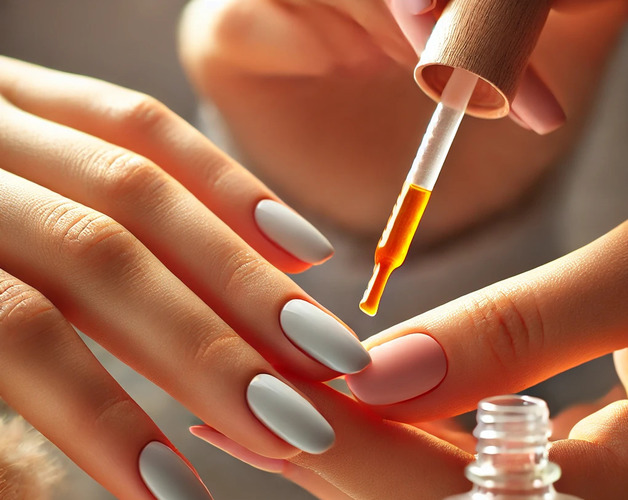
392 bought
ID: 12460
200 ₽
Use hand cream as part of your daily care routine. In summer, it protects your skin from the sun's rays, and in winter, from the cold and wind. Regular application of cream helps keep your hands soft and moisturized at any time of year.
Drink enough water! Since our body is 80% water, it is important to stick to the recommended daily fluid intake to maintain healthy skin and cuticles. The recommended amount is 30 ml of water for every kilogram of your weight. By following this rule, you will help your body stay hydrated and healthy.
Use gloves to protect the skin of your hands from the aggressive effects of chemicals and water when cleaning, washing dishes, and doing other household chores. Protective gloves will help keep your skin healthy and avoid irritation.
Following these simple recommendations, you can enjoy moisturized cuticles, healthy nails, and a flawless manicure!
Read also: Gel cobweb for nails: what it is and how to use it
Published: 15.08.2024 11:55
Times Read: 2729
6617 bought
ID: 3678
280 ₽
3314 bought
ID: 3688
500 ₽
2025 bought
ID: 12595
143 ₽
-5%
2290 bought
ID: 1863
333 ₽
-5%
1471 bought
ID: 11773
190 ₽
-5%
71 bought
ID: 13093
51 ₽
-15%
